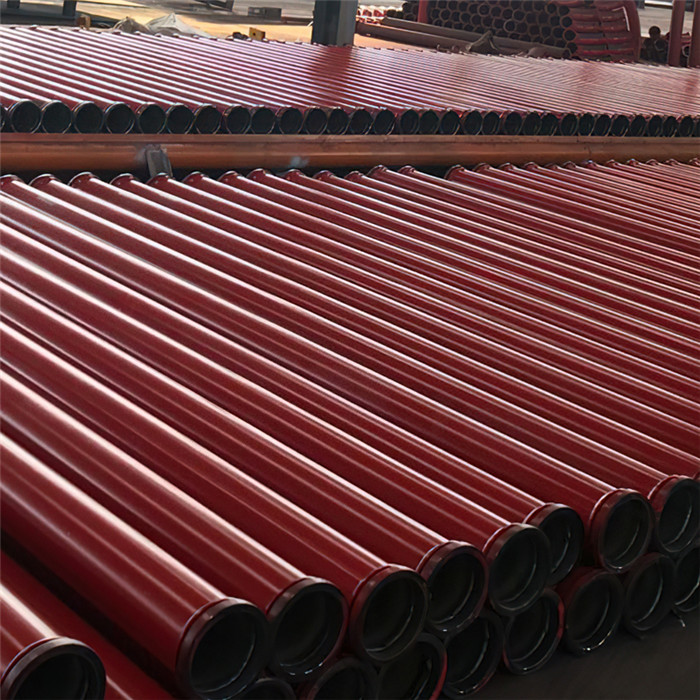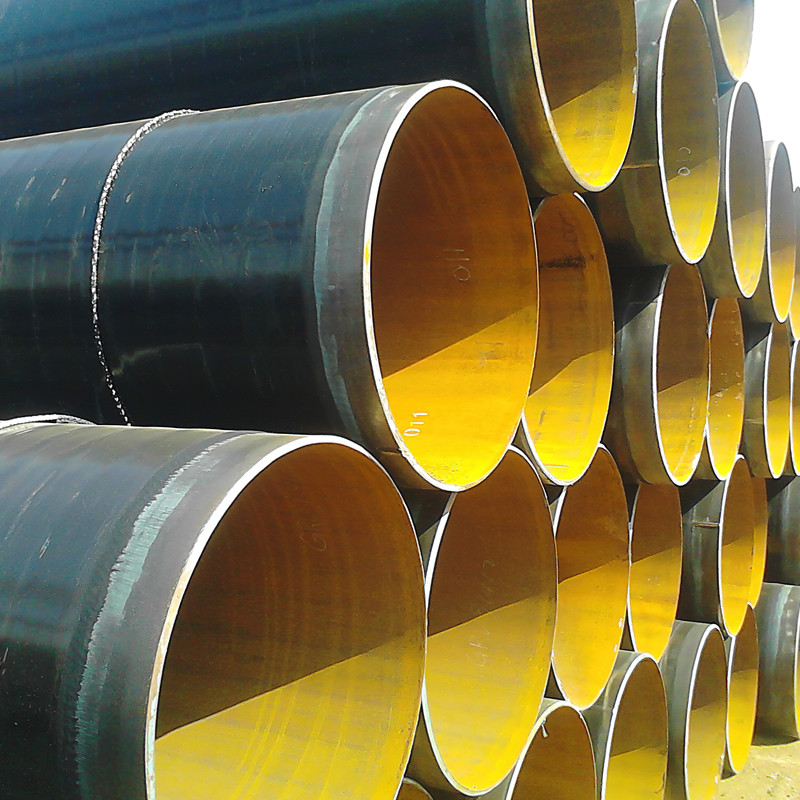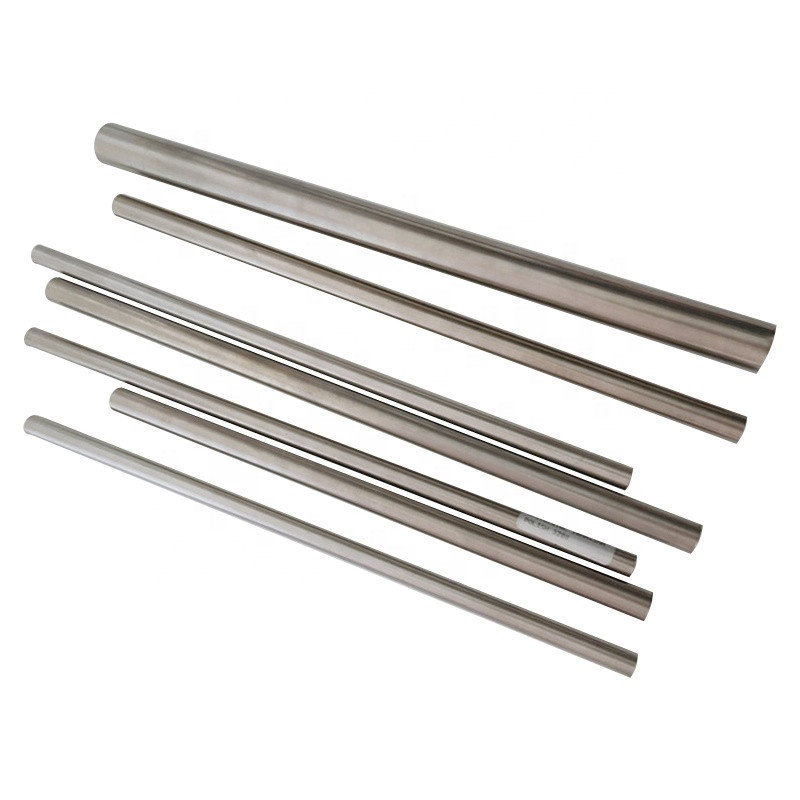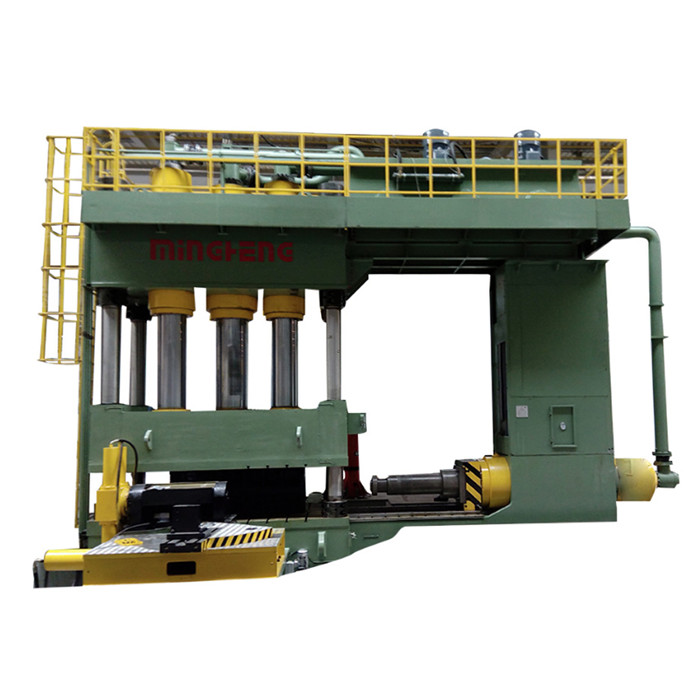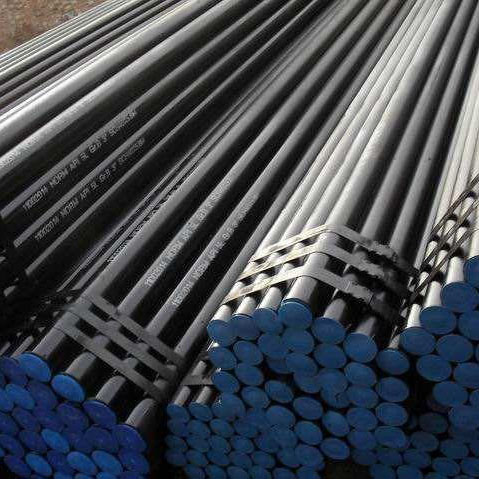High-quality ANSI flanges and ASME flanges are synonymous with reliability in industries ranging from oil and gas to chemical processing. However, their performance hinges on proper machining. ANSI/ASME B16.5 and B16.47 standards specify tolerances for dimensions, bolt hole alignment, and surface finish. Even minor deviations—such as a 0.1mm misalignment in bolt holes—can compromise sealing efficiency, leading to leaks or catastrophic failures under high pressure. Advanced CNC machining ensures that ASME flanges maintain flatness within 0.05mm and surface roughness below 3.2 µm, critical for gasket adhesion. For example, in refinery applications, precisely machined ASME B16.5 flanges withstand thermal cycling without warping, ensuring decades of leak-free operation.
BS and JIS Flanges: How Machining Accuracy Ensures Compatibility
BS flanges (British Standard) and JIS flanges (Japanese Industrial Standard) dominate regional markets but require meticulous machining to meet global project demands. BS 4504 flanges, for instance, demand precise drilling of bolt circles to align with EU piping systems, while JIS B2220 flanges prioritize smooth flange faces to prevent stress concentrations in earthquake-prone regions. Subpar machining can render these flanges incompatible with international partners’ systems, delaying projects. Modern workshops use laser-guided tools to achieve the ±0.02mm accuracy required for JIS 10K flanges, ensuring seamless integration in cross-border infrastructure like LNG terminals.
ISO Flanges: Global Standards Demand Advanced Machining Techniques
ISO flanges, governed by ISO 7005-1, unify dimensional requirements across ANSI, ASME, and JIS systems, making them pivotal for multinational projects. However, this universality amplifies the need for flawless machining. A single ISO flange might need to interface with both ASME B16.5 pipelines and BS 4504 valves, necessitating exacting groove depths and curvature radii. For offshore wind farms, ISO 5210 flanges machined with 5-axis CNC systems endure saltwater corrosion and dynamic loads, thanks to stress-relieved surfaces and defect-free edges. Any machining flaw here risks galvanic corrosion or bolt fatigue, underscoring why precision is non-negotiable.
Why Industry Leaders Prioritize Machined Flanges for Critical Applications
From nuclear plants to urban waterworks, industries rely on properly machined flanges to avert disasters. Consider chemical processing: ASME B16.47 Series A flanges with mirror-finished surfaces prevent acid permeation, while ISO 7005 flanges in desalination plants use electropolishing to eliminate micro-cracks that could harbor salt crystals. Similarly, JIS 20K flanges in high-pressure steam systems require ultra-precise threading to maintain seal integrity at 500°C. Companies investing in certified machining processes report 40% fewer maintenance incidents and 30% longer flange lifespans—proof that precision directly impacts safety and profitability.
FAQs: ANSI, BS, ISO, JIS, and ASME Flanges
How do I choose between ANSI and ISO flanges for my project?
Consider regional standards and partner requirements. ANSI flanges are common in North America, while ISO flanges suit global projects. Both require certified machining for optimal performance.
Can BS flanges be used with ASME pipelines?
Yes, but only if machining adheres to dual standards. Our BS 4504 flanges are precision-machined to align with ASME B16.5 bolt patterns, ensuring cross-compatibility.
What happens if a JIS flange is machined with incorrect surface roughness?
Excessive roughness (above 6.3 µm) can tear gaskets, causing leaks. Our JIS B2220 flanges are polished to 1.6 µm, guaranteeing airtight seals in high-vibration environments.
Are ISO flanges more expensive due to machining complexity?
While initial costs are higher, their precision reduces long-term expenses like downtime and repairs. Our ISO 7005 flanges offer lifecycle cost savings of up to 25%.
How do I verify machining quality in ASME flanges?
Request mill test certificates (MTCs) and inspect critical dimensions like flange thickness and face flatness. Our ASME B16.5 flanges include 3D measurement reports for transparency.
Elevate Your Pipeline Integrity with Precision-Machined Flanges
In industries where failure is not an option, settling for substandard flanges is a risk you can’t afford. Our ANSI, ASME, ISO, BS, and JIS flanges are engineered with state-of-the-art machining technologies, adhering to the strictest global standards. Whether you’re constructing a chemical plant or upgrading urban infrastructure, our flanges deliver unmatched durability and compatibility. Visit our website today to explore our certified range and consult with our technical team. Invest in precision—ensure safety, compliance, and longevity for your projects.
Post time: May . 06, 2025 11:57










